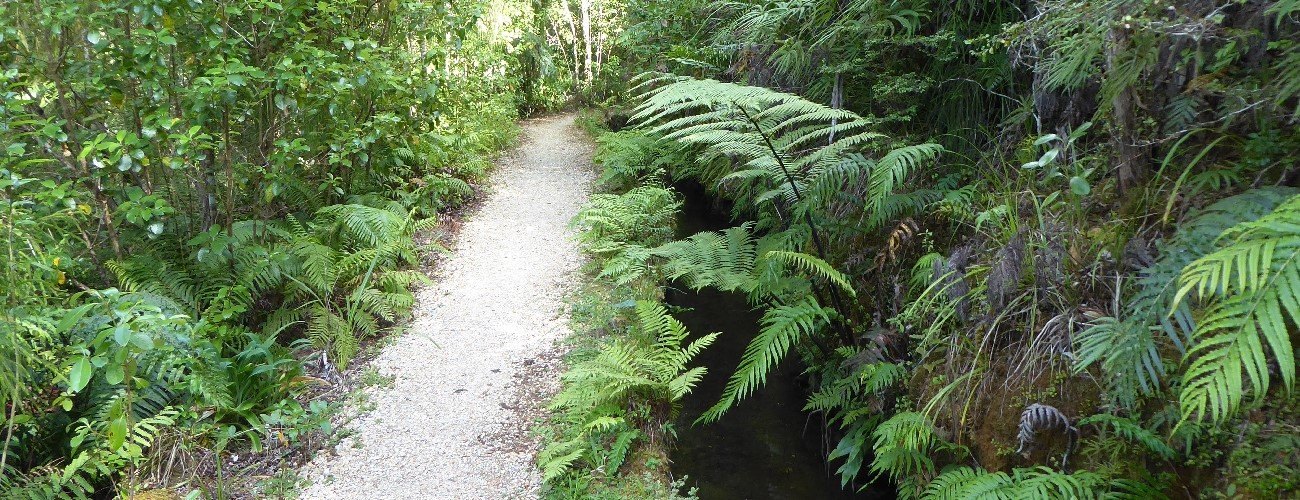
Pupu Hydro Walkway traces the water race of the historic Pupu Hydro Station. One of Golden Bay’s most enjoyable short walks, the walkway showcases a beautiful array of native bush, as well as the historic engineering feat that is the 1.6 km long water race that supplies water to the hydro scheme.
| Details | |
| Length | 5.5 km (full loop) |
| Time Required | 2 hr (full loop) |
| Trail Type | Gravel road/Walking track |
| Physical Difficulty | Moderate |
| Uses | Walking and trail running |
| Direction | Either |
| Start Elevation | 50 m |
| Max Elevation | 205 m |
| Dog Access | Dogs are prohibited in Kahurangi National Park |
If any layers fail to load, try clearing your cache and refreshing the page.
Pupu Hydro Walkway does not connect to any other tracks. The route connecting it to Parapara Peak Track has not been maintained for nearly two decades.
1 hr 45 min from Nelson | 15 min from Takaka
The walkway is located near Takaka, in Golden Bay. Head north from Takaka along State Highway 60. Turn left onto Pupu Valley Rd immediately after crossing Takaka River Bridge (you will see the Pupu Springs sign). At the junction with Pupu Springs Rd, go straight ahead (instead of turning left toward Pupu Springs), and continue along Pupu Valley Rd for 4 km until you reach the car park.
The majority of the walkway is located within Kahurangi National Park.
The car park is next to the turbine house that has a viewing platform. The walkway is a loop and can be completed in either direction. The climb will be less steep if you do it in a clockwise direction.
Begin along Pupu Hydro Society’s gravel access road, which winds gently up through young mixed podocarp forest on a spur south of Campbell Creek. There is a lookout point halfway along that provides views east toward Takaka Valley. Along here you will encounter magnificent, tall rimu with epiphytes hanging off.
After 2.7 km the road dips down to meet Campbell Creek, where the intake weir diverting flow into the water race is located. The road ends and a footbridge crosses the creek to join the water race. For the next 1.6 km, the walkway runs directly alongside the water race as it contours the hillside. The water is crystal-clear and the hillside is forested in lush native bush. The water race is actually part canal, part aqueduct, with some sections suspended over gullies and steep parts of the hillside. Along the particularly steep sections of the hillside the walkway becomes a boardwalk less than half a metre wide, and overhangs the water race. A guard rail gives protection from the steep drop to the valley below, but caution is required, especially if you have children with you.
You will arrive at the penstock where the water race water is piped steeply down to the turbine house, visible 123 m below. The walkway zig-zags back down the hill for another 1.1 km until you return back to where you started at the turbine house. The latter section between the penstock and the turbine house has become quite rutted, and will require care when descending.
Though it is very tempting on hot days, do not swim in the water race. Child supervision is necessary along the water race as there are no barriers.
Waikoropupu Valley was worked for gold from the mid 1800s until the early 1900s. The water race, built to support this, was completed in 1902 by the Takaka Sluicing Company. Following the decline of gold returns in the area, operations ceased and the water race fell into disuse for more than decade.
In the 1920s a proposal was made to use the remaining water race infrastructure for hydroelectricity generation. This required the construction of a penstock and turbine house and upgrades to the water race, following the completion of which the Pupu Hydro Power Scheme was opened in 1929, providing Golden Bay with its first public electricity supply. The scheme continued to operate until it was sold 1980.
After restoration work in the 1980s by the Pupu Hydro Society and the wider Golden Bay community, the power station was back in working order. Today, the annual output is 1.8 GWh. Information panels along the walkway provide further details on the interesting history of the scheme.
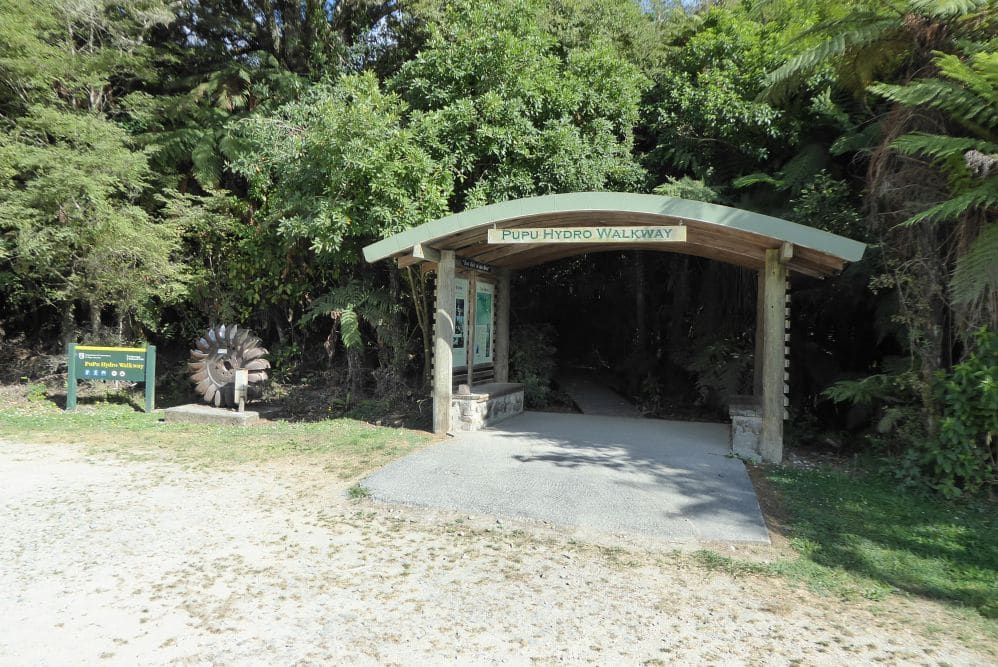
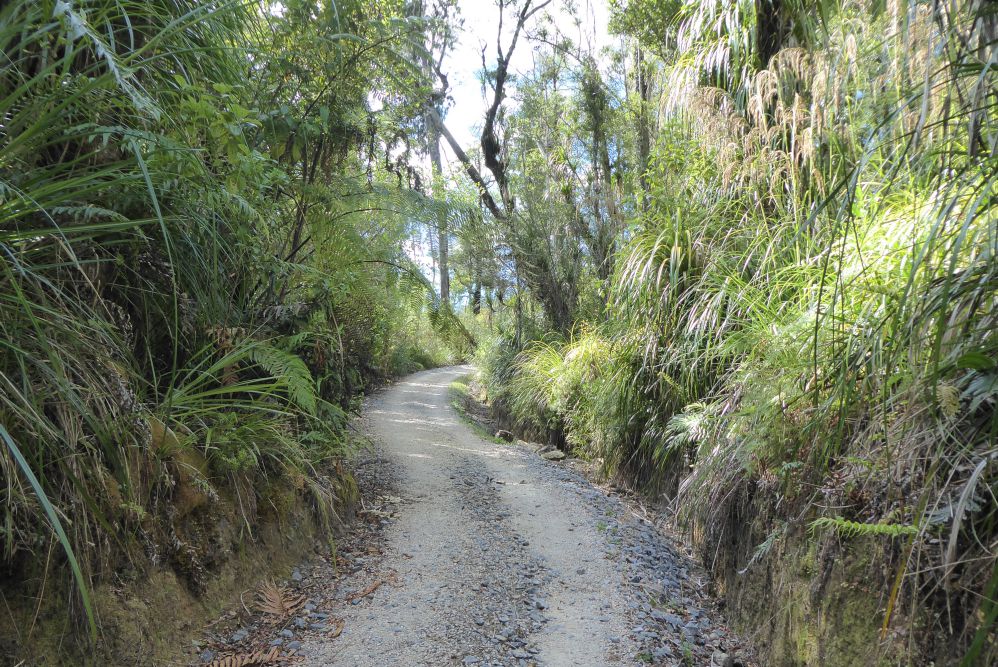
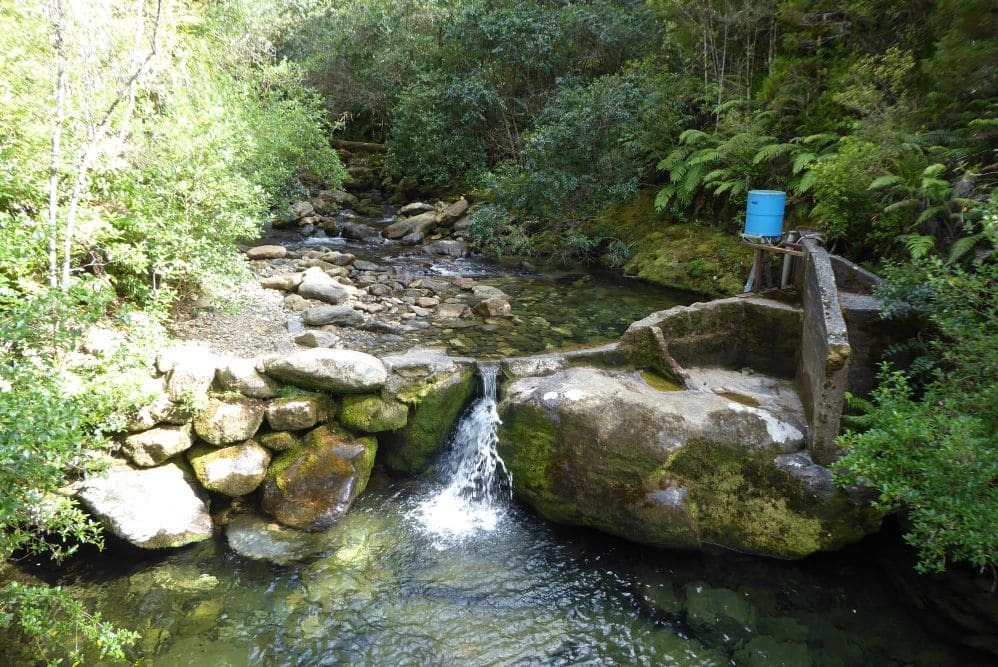
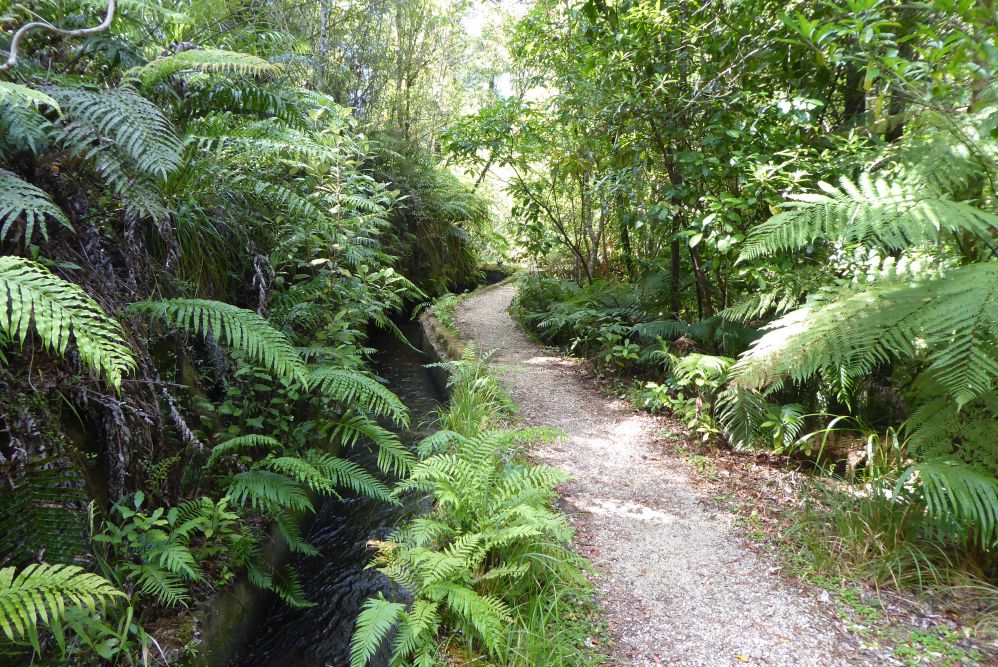
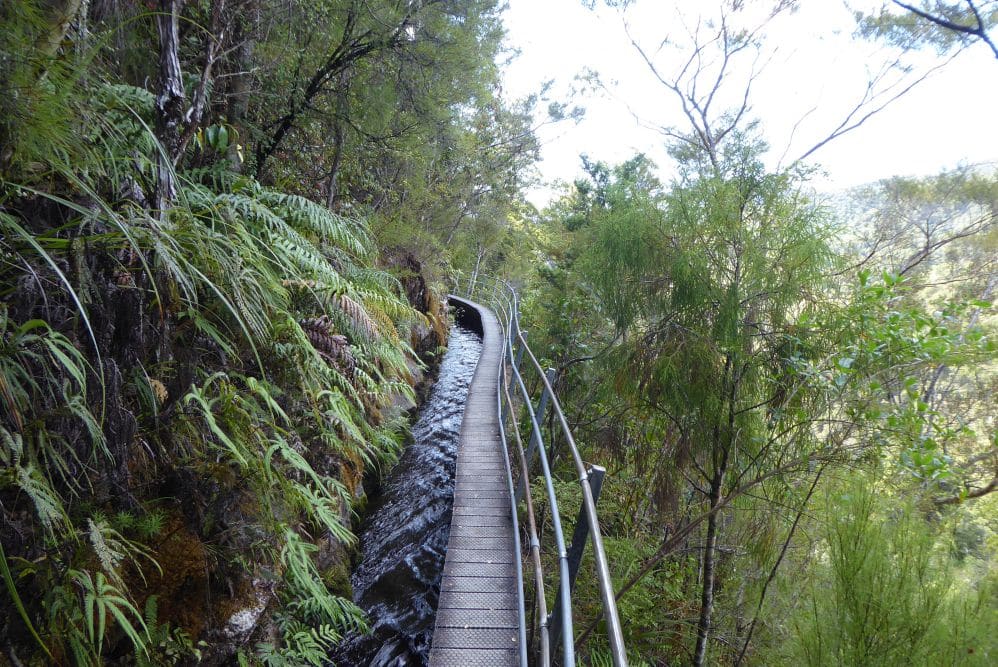
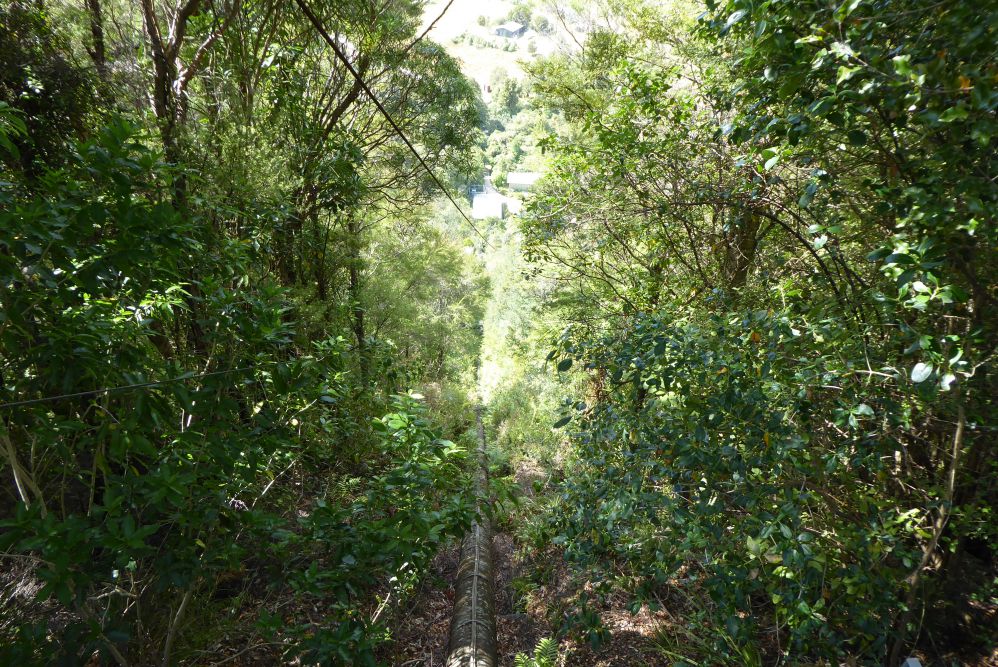
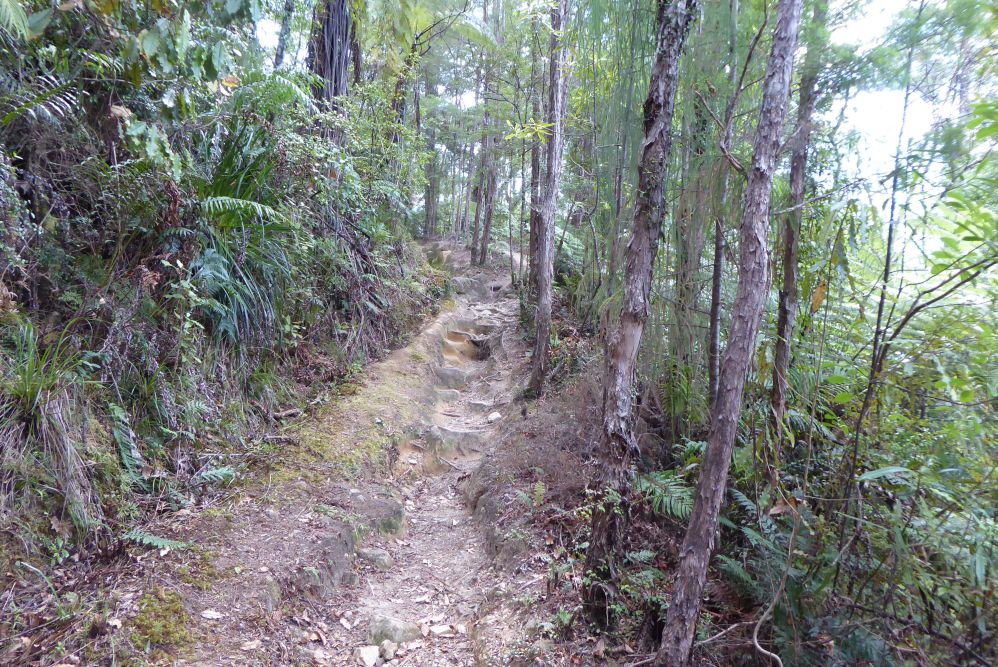
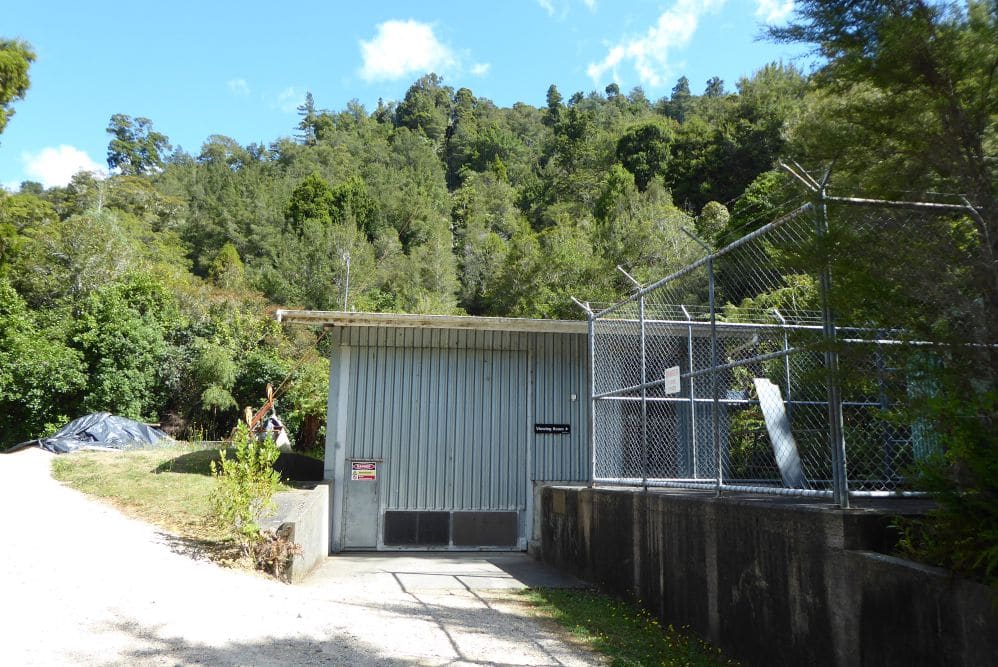
Pupu Hydro Walkway traces the water race of the historic Pupu Hydro Station. One of Golden Bay’s most enjoyable short walks, the walkway showcases a beautiful array of native bush, as well as the historic engineering feat that is the 1.6 km long water race that supplies water to the hydro scheme.
| Details | |
| Length | 5.5 km (full loop) |
| Time Required | 2 hr (full loop) |
| Trail Type | Gravel road/Walking track |
| Physical Difficulty | Moderate |
| Uses | Walking and trail running |
| Direction | Either |
| Start Elevation | 50 m |
| Max Elevation | 205 m |
| Dog Access | Dogs are prohibited in Kahurangi National Park |
1 hr 45 min from Nelson | 15 min from Takaka
The walkway is located near Takaka, in Golden Bay. Head north from Takaka along State Highway 60. Turn left onto Pupu Valley Rd immediately after crossing Takaka River Bridge (you will see the Pupu Springs sign). At the junction with Pupu Springs Rd, go straight ahead (instead of turning left toward Pupu Springs), and continue along Pupu Valley Rd for 4 km until you reach the car park.
The majority of the walkway is located within Kahurangi National Park.
The car park is next to the turbine house that has a viewing platform. The walkway is a loop and can be completed in either direction. The climb will be less steep if you do it in a clockwise direction.
Begin along Pupu Hydro Society’s gravel access road, which winds gently up through young mixed podocarp forest on a spur south of Campbell Creek. There is a lookout point halfway along that provides views east toward Takaka Valley. Along here you will encounter magnificent, tall rimu with epiphytes hanging off.
After 2.7 km the road dips down to meet Campbell Creek, where the intake weir diverting flow into the water race is located. The road ends and a footbridge crosses the creek to join the water race. For the next 1.6 km, the walkway runs directly alongside the water race as it contours the hillside. The water is crystal-clear and the hillside is forested in lush native bush. The water race is actually part canal, part aqueduct, with some sections suspended over gullies and steep parts of the hillside. Along the particularly steep sections of the hillside the walkway becomes a boardwalk less than half a metre wide, and overhangs the water race. A guard rail gives protection from the steep drop to the valley below, but caution is required, especially if you have children with you.
You will arrive at the penstock where the water race water is piped steeply down to the turbine house, visible 123 m below. The walkway zig-zags back down the hill for another 1.1 km until you return back to where you started at the turbine house. The latter section between the penstock and the turbine house has become quite rutted, and will require care when descending.
Though it is very tempting on hot days, do not swim in the water race. Child supervision is necessary along the water race as there are no barriers.
Waikoropupu Valley was worked for gold from the mid 1800s until the early 1900s. The water race, built to support this, was completed in 1902 by the Takaka Sluicing Company. Following the decline of gold returns in the area, operations ceased and the water race fell into disuse for more than decade.
In the 1920s a proposal was made to use the remaining water race infrastructure for hydroelectricity generation. This required the construction of a penstock and turbine house and upgrades to the water race, following the completion of which the Pupu Hydro Power Scheme was opened in 1929, providing Golden Bay with its first public electricity supply. The scheme continued to operate until it was sold 1980.
After restoration work in the 1980s by the Pupu Hydro Society and the wider Golden Bay community, the power station was back in working order. Today, the annual output is 1.8 GWh. Information panels along the walkway provide further details on the interesting history of the scheme.








Pupu Hydro Walkway does not connect to any other tracks. The route connecting it to Parapara Peak Track has not been maintained for nearly two decades.
Updated 26 January 2019
